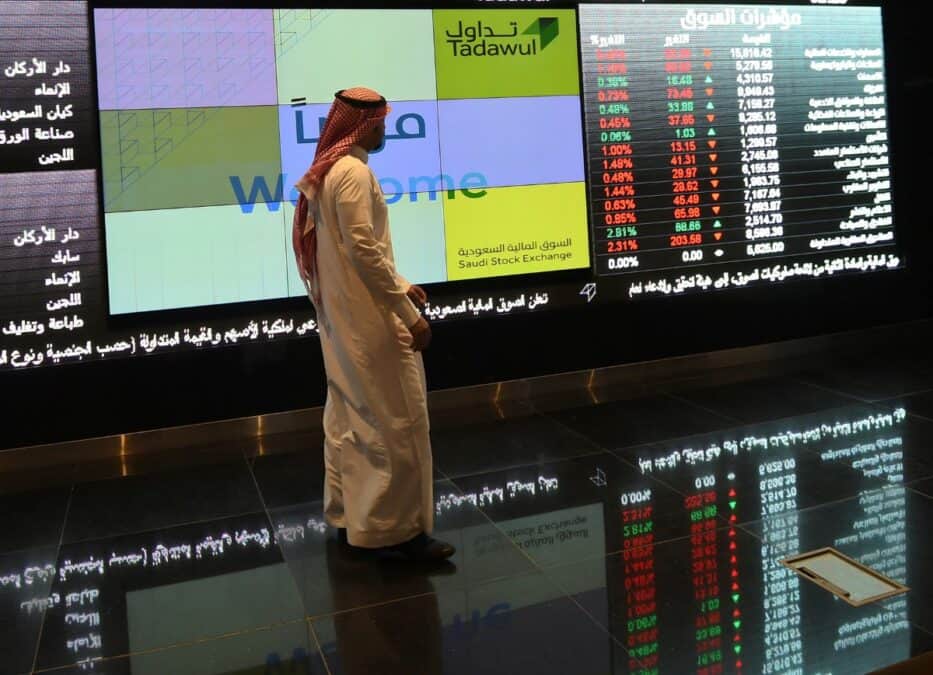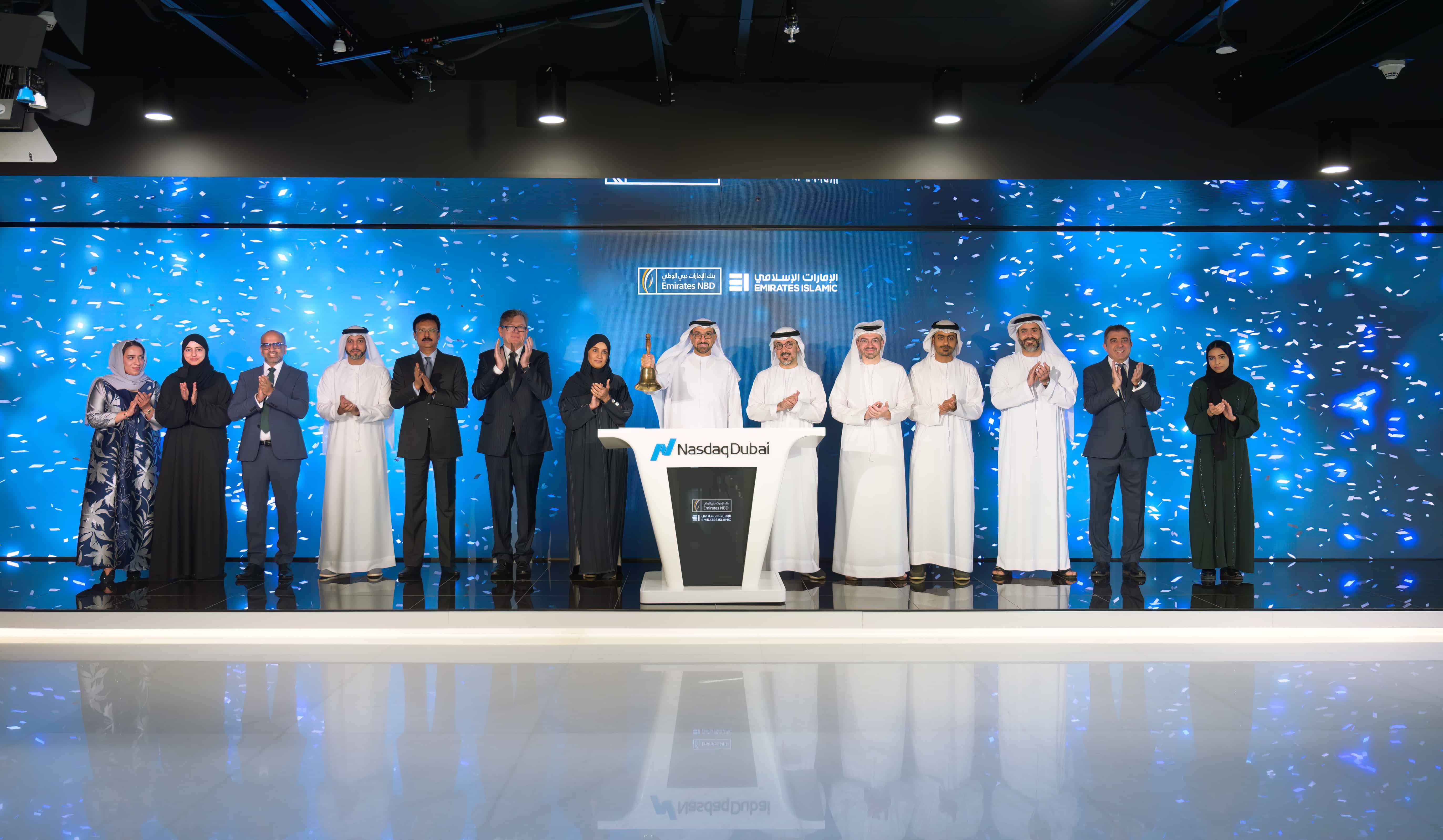DUBAI, UAE – The UAE and Saudi Arabia led the pack as the Middle East and North Africa (MENA) region saw an unprecedented number of mergers and acquisitions (M&A) in 2022, according to the latest Ernst & Young (EY) report.
A total of 754 M&A transactions last year pointed to a 13 percent increase over 2021 and exceeded the historical average of 500-600 deals.
The report attributed this growth to improving market conditions due to the rise in oil prices over the past six years, pro-business legislative reforms, and relaxation of government travel restrictions, which have boosted investor confidence.
Local deals accounted for 51 percent of total mergers and acquisitions volume and 34 percent of total deal value, while outgoing deals were valued at US$ 40.1 billion in 201 transactions, and incoming deals totaled US$ 14 billion in 165 transactions.
In terms of sectors, the technology sector accounted for 25 percent of total deals, indicating that the MENA region is strengthening its position as a center for emerging technology companies.
The UAE maintained its lead as the most appealing country and the most effective dealmaker in the region, followed by Saudi Arabia. Egypt and Oman ranked among the top five most appealing countries for M&A transactions, while institutions from the United States accounted for the largest number of inbound deals in the MENA region, with 35 deals recorded, 19 of which were in the technology sector.
Brad Watson, Head of Deals and Strategy for the Middle East and North Africa at EY, stated that after recovering from the COVID-19 pandemic, M&A activity in the Middle East has peaked in the last year, demonstrating the success of companies in adapting their M&A strategies to meet changing market needs.
Local deals were a significant driver of deal volume in the region, with the number of transactions completed in the UAE indicating strong interest from investors outside the MENA region.

The report also highlights the largest M&A deals in the region, with the UAE recording three of the most prominent deals, led by the Canadian firm “Cas de Dipo e Plasman de Quebec,” which purchased 22 percent ownership of “DP World” for US$ 5 billion.
Saudi Arabia’s M&A activity was driven by the proposed acquisition of a 51 percent stake in “Tawal” by the Public Investment Fund (PIF) in line with the Kingdom’s Vision 2030 to reduce reliance on the oil and gas sector, and Aramco’s US$ 2.7 billion acquisition of Valvoline’s global products business in the oil and gas sector.
Anil Menon, Head of Mergers & Acquisitions Advisory Services and Capital Markets Middle East and North Africa at EY, noted that macroeconomic difficulties in the United States and Europe have led to a decline in capital, but MENA institutions associated with governments and regional strategic companies have led the activity of merger and acquisition deals during the year 2022.
He also expects the booming economic environment in the MENA region to continue throughout 2023.







